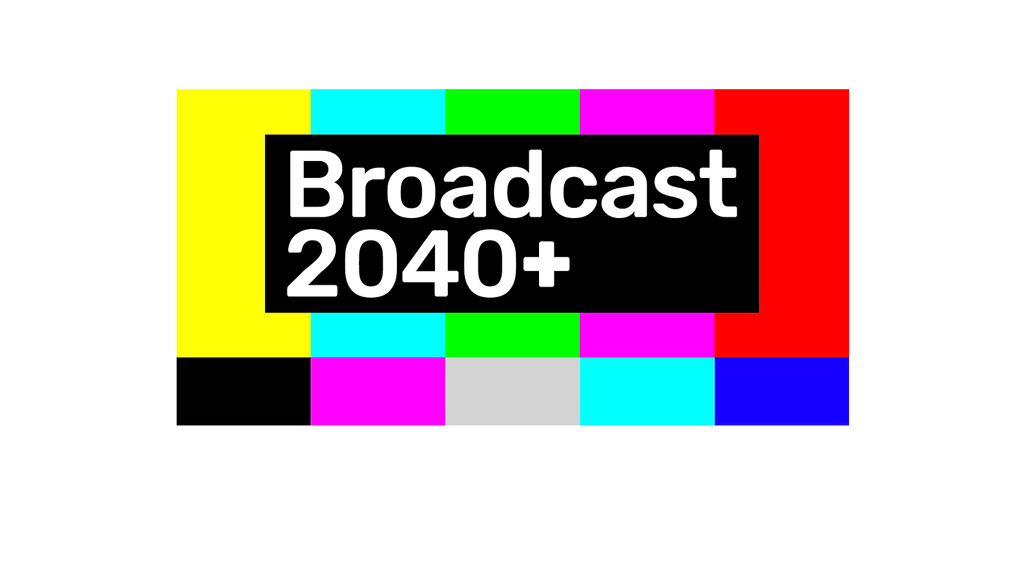A report from consultancy firm EY commissioned by the Broadcast 2040+ campaign warns of the cost of turning off terrestrial television transmissions in the United Kingdom. It suggests there could be a £2.1 billion upfront cost and addition costs of £1 billion a year. The report says the benefits of a fully online television system are unclear and calls on the government to secure terrestrial transmissions beyond 2034 when current licences expire and to continue with a hybrid model of television transmission.
The Broadcast 20240+ campaign is supported by a number of groups but prominent among them is Arqiva, which provides the television transmission network in the United Kingdom, at a cost of almost £200 million a year.

In his online Tellynomics series of articles, Mike Darcey, the chair of Arqiva, who is a former chief operating officer and director of strategy at Sky, observes that it is not unusual for people to argue the technological superiority of a particular solution.
“Of course, if such benefits were strong and widely valued, it would not be necessary to argue for a forced switch to IP, because the market would do the job,” he writes. “The superiority of IP delivery would become widely understood, people would shift to the better product, the broadcasters would shut down their broadcast offerings with no drama, no one would lament the demise. There is not even a hint of this happening, suggesting that the benefits are not so great.”
“The main argument for moving to all-IP, the one advanced most loudly by some, seems to be that total distribution costs would be less.” Not less in aggregate, but at least for public service broadcasters. However, he suggests that this is a somewhat self-serving argument as it shifts the costs elsewhere, and they grow in the process.
An online survey of 1500 households for the report found that 59% of viewers do not want to be forced to use broadband to watch television, 31% said they cannot afford to pay more, and 40% considered that it would be a bad use of government funding.
The most affected would be some of the most vulnerable in society, who rely on terrestrial television the most. These include older people, those on lower incomes, people living with a disability, and remoter rural communities.
David Coulson, a partner at EY, said: “If a switch were made to distribute TV exclusively over the internet, even by 2040 approximately 4 million homes would still need broadband and set-top-box upgrades. This is forecast to cost government and consumers over £2 billion to set-up, plus a further £900 million each year to cover ongoing broadband fees and to support vulnerable users.”
The one-off costs are calculated based on the cost of connecting homes without fixed broadband, in home equipment, and a consumer awareness campaign. The ongoing costs are based on the incremental cost of fixed broadband for those homes, additional content delivery network costs and ongoing support.
British broadcasters currently pay Arqiva £194 million a year between them for digital television transmission. This is funded through a combination of the television licence in the case of BBC services and advertising revenue. The direct cost per household is around £4 a year, at around £100 million or 3% of the television licence fee.
The report estimates that a full switch to online delivery would require broadcasters to pay an incremental £130 million a year between them for content delivery networks. This assumes that the additional network traffic would amount to 17 billion gigabytes a year. The assumption is that 60% would be carried over public content delivery networks such as those of Akamai or Amazon, with the remainder over private capacity such as the BBC Internet Distribution Infrastructure or BIDI.
The report concludes with three recommendations to government.
The first recommendation is to recognise that significant one-off and ongoing costs would be incurrent and the financial burden on consumers or government.
The second is to assess further the non-financial risks including to universality and the resilience of communications infrastructure.
The third is to undertake extensive consultation with industry, consumers, and consumer groups, to understand the role that an enhanced, efficient digital terrestrial television service could play within an ongoing hybrid distribution environment.
